| marc7 travels |
|
There is always an opportunity to explore when I travel. It is all a matter of planning, the right timing, and an adventurous spirit. With a few hours to spare before heading back to Manila, I decided to hop on a bus and explore a city that has always captured my attention but I never really got to experience. I guess it was the right time to discover Carcar - the city famous for the bits of its history and lechon! Just an hour away from the Queen City of the South, Carcar is a well-preserved heritage town in the province of Cebu. Its collection of heritage and ancestral houses are mute witnesses to its colorful history since it was established in 1599. It is one of the oldest towns in the province. But beyond its colorful history is a gastronomic experience that has placed Cebu in the culinary tourism trail. Let me take you to a quick tour of the city’s history bits and eats. Carcar City Rotunda Apart from the heritage houses that dot the highway, the city rotunda is a striking architecture that will catch the attention of anyone passing through Carcar. The design stands out as it showcases a colonial design that you would often see in a town plaza. But make no mistake as this is just a crossroad for those traveling to the south or the west side of the province. The rotunda was built in the 1920s. A bandstand sits right in the middle of the rotunda with four other sculpture standing on the directions of the north, south, east, and west. These artworks were done by a local artist, Dr. Ramon Abellana, based from the sketches of painter and his brother, Martino Abellana. The sculpture of the teo women on the bandstand showcases American colonial influence as it depicts the US leading the Philippines to prosperity. The rotunda has since become an attraction and an icon for Carcar City. Carcar Plaza The Carcar Plaza is a around a 5-minute walk from the Carcar Rotunda. Situated atop a small hill, the location has a commanding view of its surrounding areas. It is the best place to continue your walking tour of the city as the area alone holds a lot of historical bits and heritage structures. Similar to old Spanish town designs, the center for religion, governance, and education surround the plaza with the center of commerce just a stone throw away. The Pantaleon Villegas Monument sits at the road that leads to the plaza. This local hero, also known as Leon Kilat (“Lightning Lion” in Cebuano), is a known Katipunero who was tasked to expand the grips of the revolution in the region. He led the Battle of Tres de Abril in 1898 and was initially successful in tying down the hands of the Spaniards. It was during their retreat that he was betrayed and killed by his allies on the grounds of endangering the town of Carcar. The town now honors him for planting the seeds of revolution in Cebu. The plaza is a typical old town plaza with a monument honoring Gat Jose Rizal at the center. The Carcar Church Complex sits at the background of the Rizal monument while the old town/city hall is on the left side of the plaza. There are two educational institutions in the area and both has bits of history to share. The Upland Elementary School was a school established in 1905 and its main building is part of the city’s heritage collection. The same goes for the P. del Corro Building of the St. Catherine College which was built in 1921. Carcar Church and Convent A dominant structure in the town plaza is the Carcar Church, also known as the Church of Saint Catherine of Alexandria. Founded in 1599, the stone structure started construction in 1860 and was completed in 1875. Its architecture features a simple facade of Greco-Tuscan design highlighted by a timepiece atop of the facade. Two belfries flank the church with its unique Moorish onion-shaped top. In front of the church is the image of the Christ the King Statue sculpted by Italian sculptor, Dante Guidetti, who resided in Cebu in the 1930s. The church interior’s elaborate and extensive design is a real beauty from its painted ceilings to its tiled floors. The main altar features a number of saint images with its patron saint, St. Catherine, as its centerpiece. The ceiling atop the altar features a painting of the Holy Family and God the Father with both paintings blending with the altar. The pillars of the nave are lined with angels that closely resembles the same design of the Molo Church in Iloilo. The convent sits adjacent to the church and was also completed in the same year as the church. The convent, with a typical bahay-na-bato design, remains well-preserved and functional. It houses the offices of the Carcar Church. Carcar Museum The most striking heritage structure in the Carcar town plaza is the Carcar Museum. The structure was completed in 1937 and now stands as a beautiful example of American-colonial architecture. The construction was funded by the Americans under the leadership of the Mayor Mariano Mercado, whose monument now stands alongside the heritage structure. It originally opened as a country club with a swimming pool, the first of its kind on this part of Cebu. It was later converted as the Carcar Puericulture Center and Dispensary - a 2-storey health facility for women and children. The structure does not look like a hospital. In fact, it looked like an elegant house where big and lavish parties are held, probably because its original use was that of a social gathering place. Its intricate and elegant wood works, wood railings, mahogany stairs, black and white floor tiles, and stained-glass windows give it that grand elegant vibe to its visitors. The veranda and the 2nd floor windows allow the breeze to flow through the structure. The veranda is the perfect place to spend an afternoon just enjoying the view of the plaza. The second floor window by the hall gives you a great view of the mountain range of the province. The complex has its own swimming pool, the first in the area, but it is no longer in use. Around it are small rooms which served as “changing rooms” and small cabanas. The deepest part of the pool is probably around 10 feet. One can imagine how rich Carcar residents enjoyed these luxuries during the hot summer days but the pool also has its own horror stories to share. It was said that a number of Filipinos died in the pool during the Japanese occupation. Our guide shared with us that the changing rooms were used as torture chambers. After the victims were tortured, they were tied up, stabbed, and thrown into the pool to drown. These stories paved the way of stories that claim that the pool and the house is haunted. The Dispensary was restored into its former glory and is the first museum installed by an LGU in Southern Cebu. You can learn a great deal on the history of Carcar and the museum from the historical timeline mounted on its walls. They also have a collection of historical and cultural artifacts, including the table where Pantaleon Villegas was assassinated, that give you a preview of the town’s colorful past. It is a repository of Carcar’s history where you can learn how the city came to be. Both the museum coordinator and me agreed the need to bridge our past to our present. Local government units, despite the limited funding, should invest in the restoration and adaptive re-use of its heritage sites. The Carcar Museum is a great example of such LGU projects. It was a challenge but it can be done. Carcar Heritage Houses (Sta. Catalina Street) Similar to Vigan, Taal, and Silay, Carcar City has its own collection of heritage houses. There the area are about 50 houses that can be counted as part of its collection with a couple of these houses duly recognized as a heritage house by the National Historical Institute. The museum guide mentioned that the LGU have already passed an ordinance stating that houses that were 50 years old and up need clearance from the city office before it can be demolished. They are also working on having a section of the city as a heritage zone. Most of these houses are lined along Sta. Catalina Street and the main highway. It is not hard to notice the houses along the highway as these mansions sit alongside each other. The Sato House is the first to catch your attention as you enter the town center, although, it looks like it needs to be given a fresher look. The house is also the assassination site of Pantaleon Villegas. The Silva House (1898) and Mercado House (1906), both recognized as a heritage house by the NHI, stand face-to-face along the intersection of Sta. Catalina St. and the main highway. The Yap House (1905), just a little further down the highway, looks classy in its blue and white hues. This house once has a replica in the old Nayong Pilipino Park in Paranaque. As you walk further down Sta. Catalina Street, you will be treated with old family houses built in different colonial years. Dakong Balay (1873) is another NHI recognized heritage house in Carcar. Unfortunately, it needs to be restored in its beauty. Other beautiful houses along the street are the Marfori-Cui House, Mateo Noel House, and the Juario-Villarosa House. At the end of the street stands the oldest house in the city - the Sarmiento-Osmena House, also known as Bahay na Tisa. Built in 1859, it was able to preserve the original tisa or clay tile roof of the house. It is also an NHI-recognized heritage house. It was a bliss to see all these beautiful houses lined up for an old soul like me. I can’t help but imagine the beauty and elegance of these houses during its prime. I really hope that the LGU and the owners of these houses could work together to give these homes the needed restoration to give it a fresh nostalgic look. This would also give them that needed push for this part of the city to be declared a heritage zone. Carcar Lechon The mention of Cebu will always give me the trigger to crave for lechon or roasted pig. In my travels, I have only two places where I have had the best tasting lechon - Calbayog City and Cebu! I did hear that the best lechon in the province is actually in Carcar. I knew that I always enjoyed their Carcar chicharon. It is one of my favorites but lechon… well, I got to taste it. Unfortunately, the old Carcar Market was destroyed by a super typhoon so I had to find my way to the new public market of the city. A section of the market is designated for their lechon vendors and I was overwhelmed as soon as I stepped in. Everyone was just offering me lechon. I was offered a free “balat” or lechon skin taste and it was really good. I got myself a good kilo to try out and enjoy. My verdict… it is the best. The museum curator was right in saying that I should try out their lechon. It is best enjoyed with pu-so (rice) and no sauce needed. If you (or I) have the extra time in Cebu, I would be swinging by Carcar for their lechon. It is worth all the travel!!! POST TRAVEL NOTES The city of Carcar have always intrigued me. I have passed by the city a couple of times and I always said to myself that I should swing by this town. I finally did. Although it was quick, I really enjoyed its simple rural vibe, its history bits, and its eats. It is a great destination where you can enjoy stories over a meal. I would probably stay a little longer next time and explore more of its stories while munching lechon by its beach. There are destinations that we often pass by but never really took the time to explore it. As travelers, we sometimes get focused on the destination we are heading to that we fail to appreciate the journey to the destination. This is your signal to slow down and enjoy the ride. My biggest take away from this trip is to take trips longer and enjoy the journey and the destination. Every trip should be a collection of stories from start to finish. #WeGiveTheWorldOurBest #MahalinNatinAngPilipinas #SamaSamangBabangonMuli Getting there: Major airlines have direct flights to Cebu City from major airports in the country and in some international airports. From the airport, you can take a cab to the South Bus Terminal where you can take a Ceres bus headed for Moalboal or Oslob. These buses pass through the town of Carcar. The trip takes about an hour from the bus terminal.
1 Comment
11/16/2023 03:03:22 pm
Unleash the gamer in you – our online playground is calling your name!
Reply
Leave a Reply. |
Marc del Rosario
I believe in education, entrepreneurship, and caring for the environment. Archives
June 2024
|

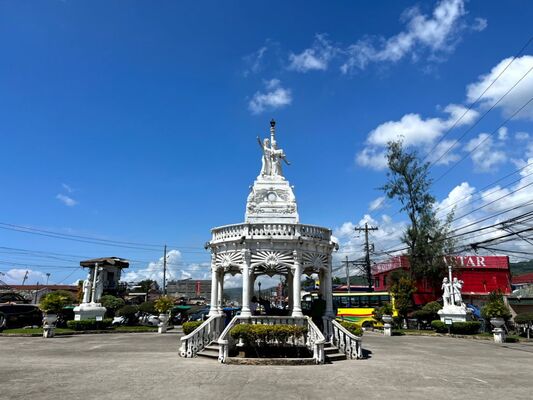
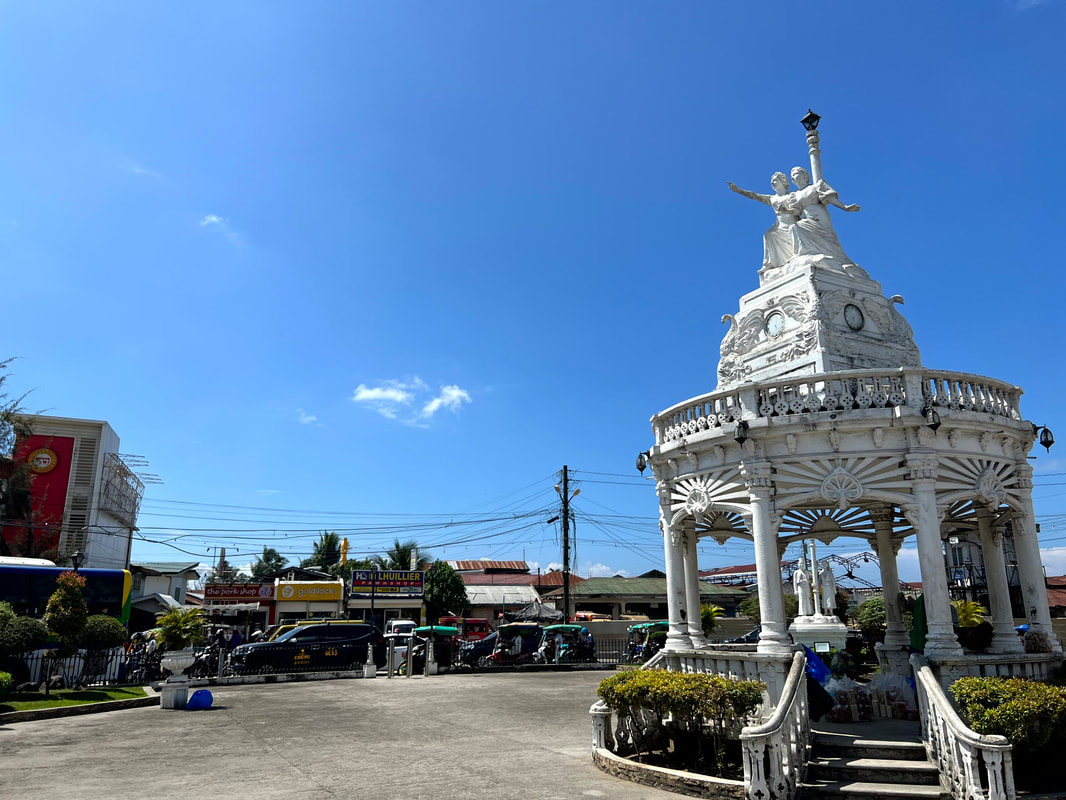
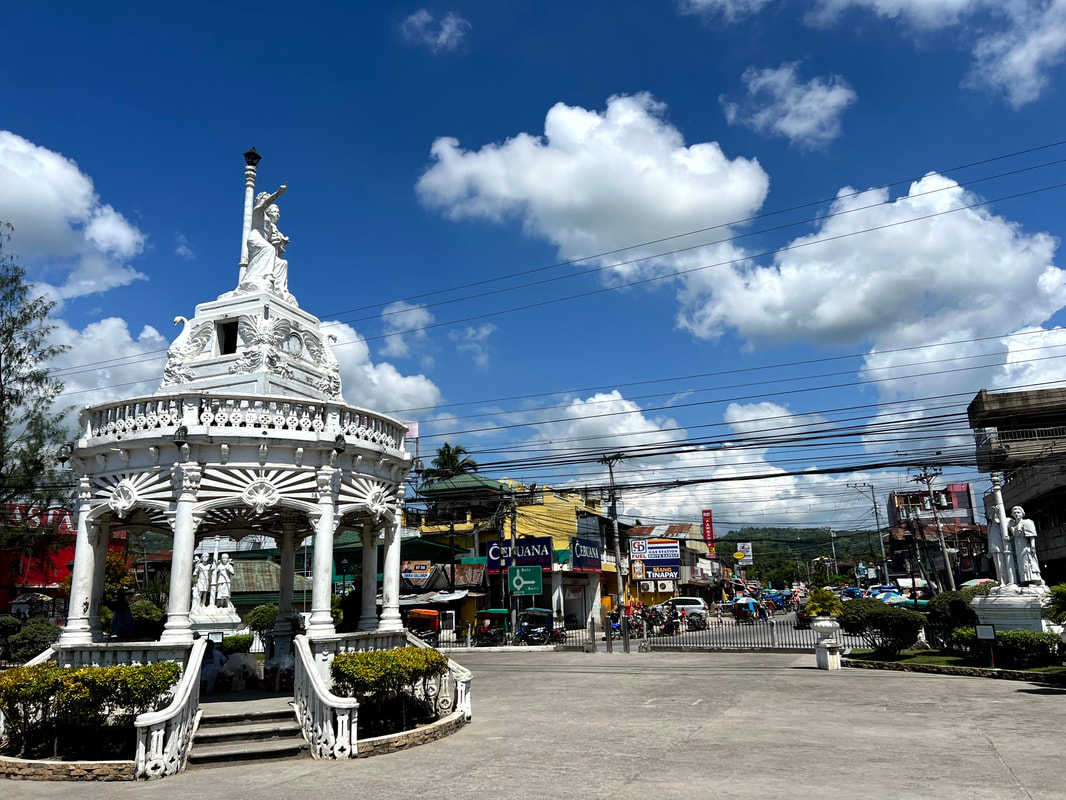
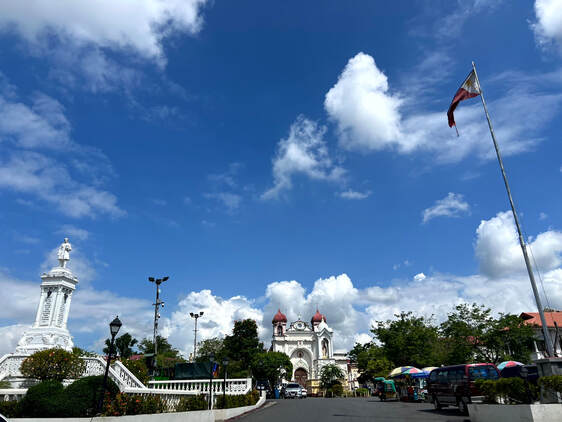
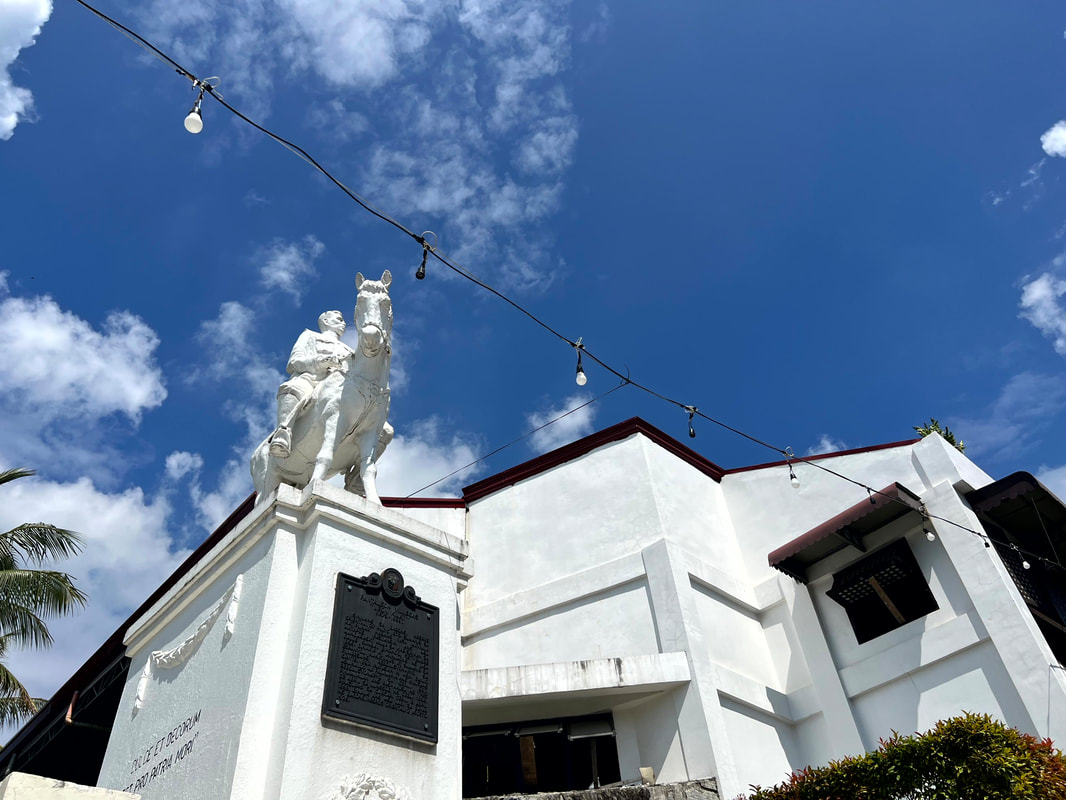
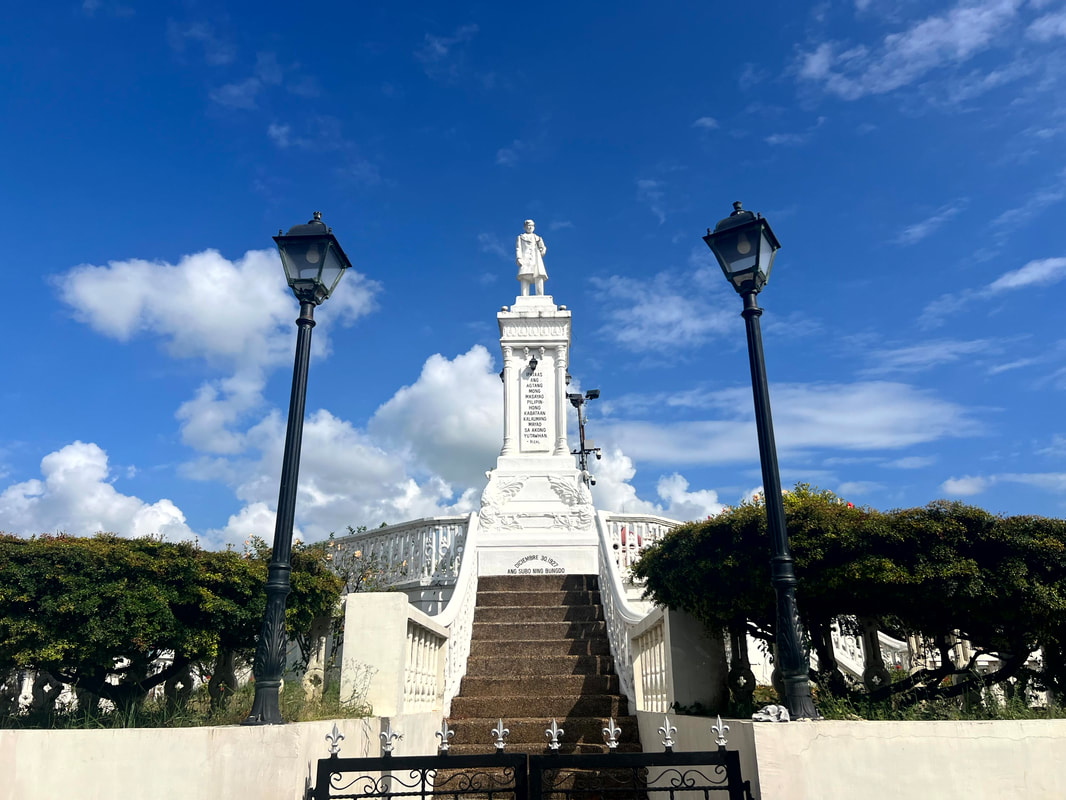
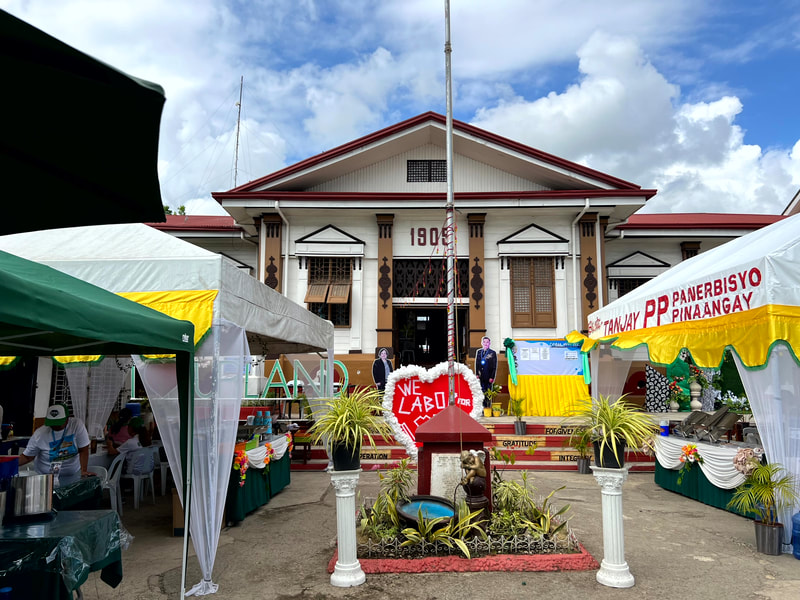
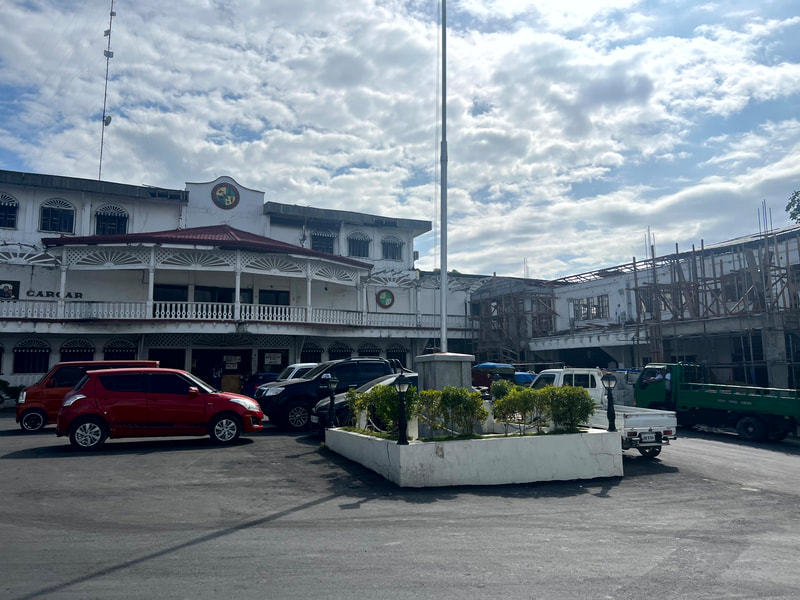
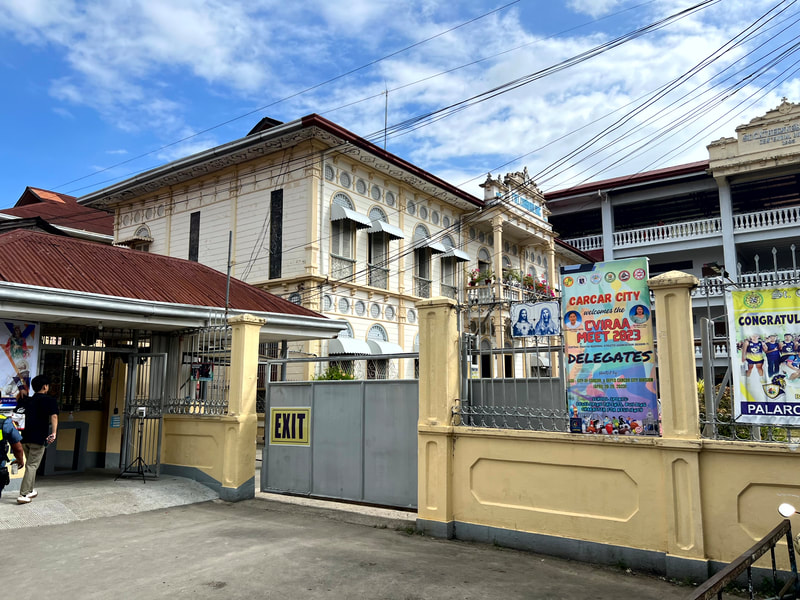
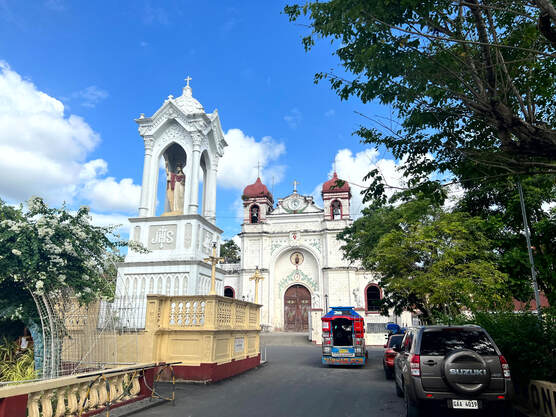
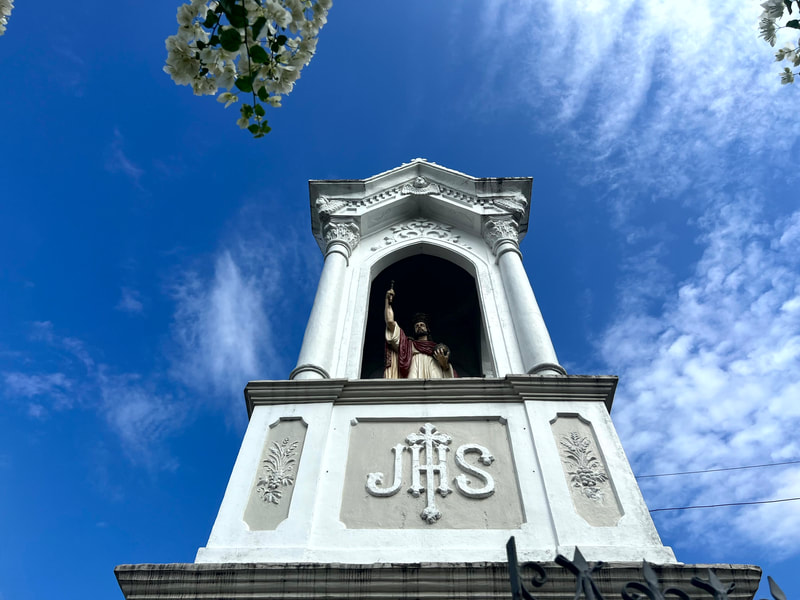

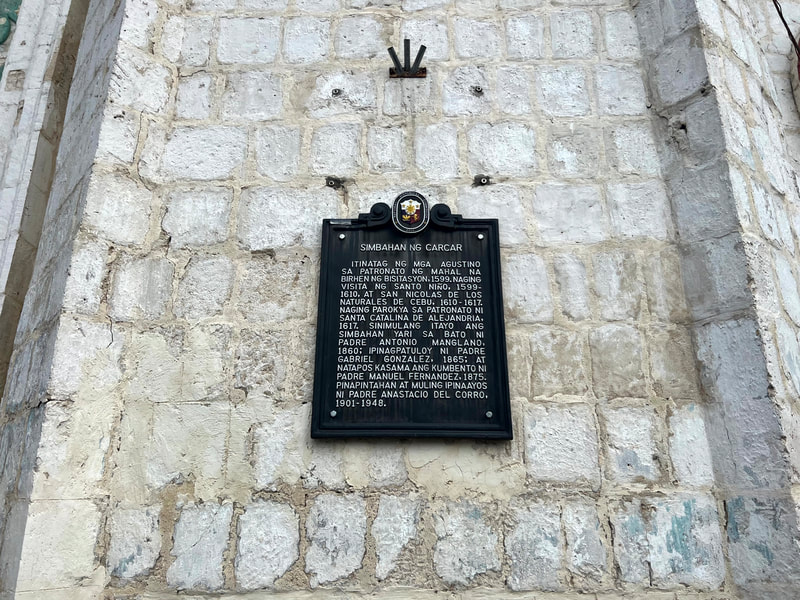
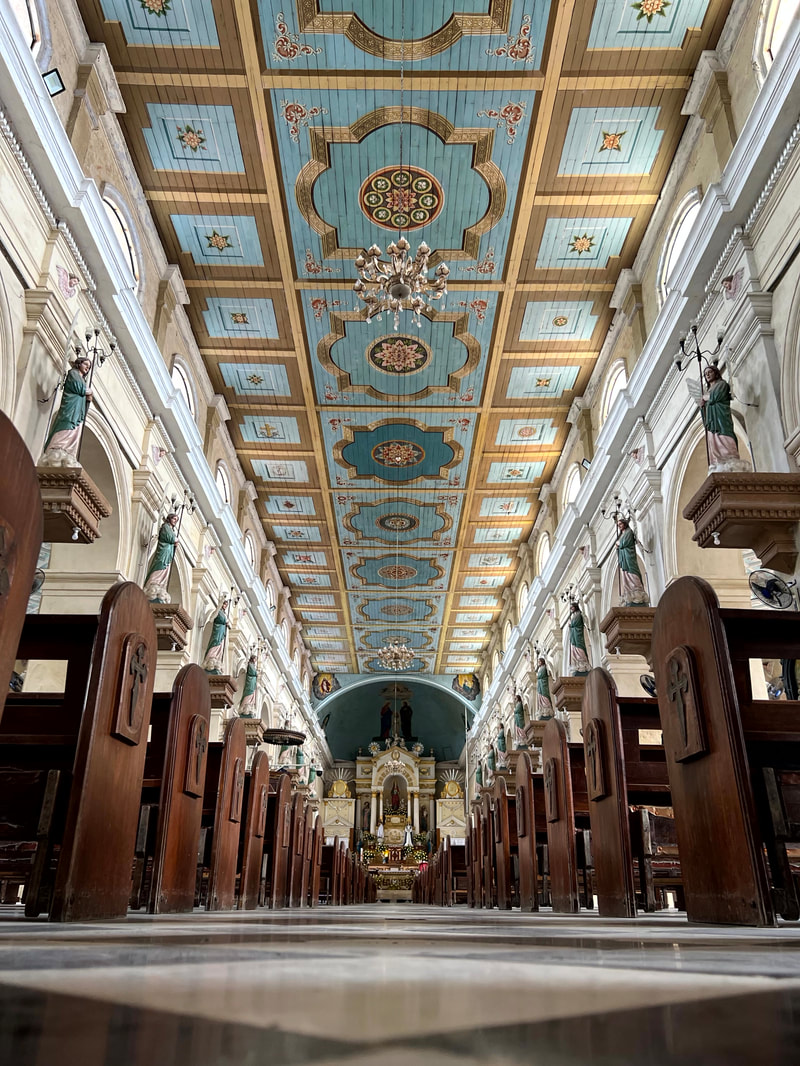
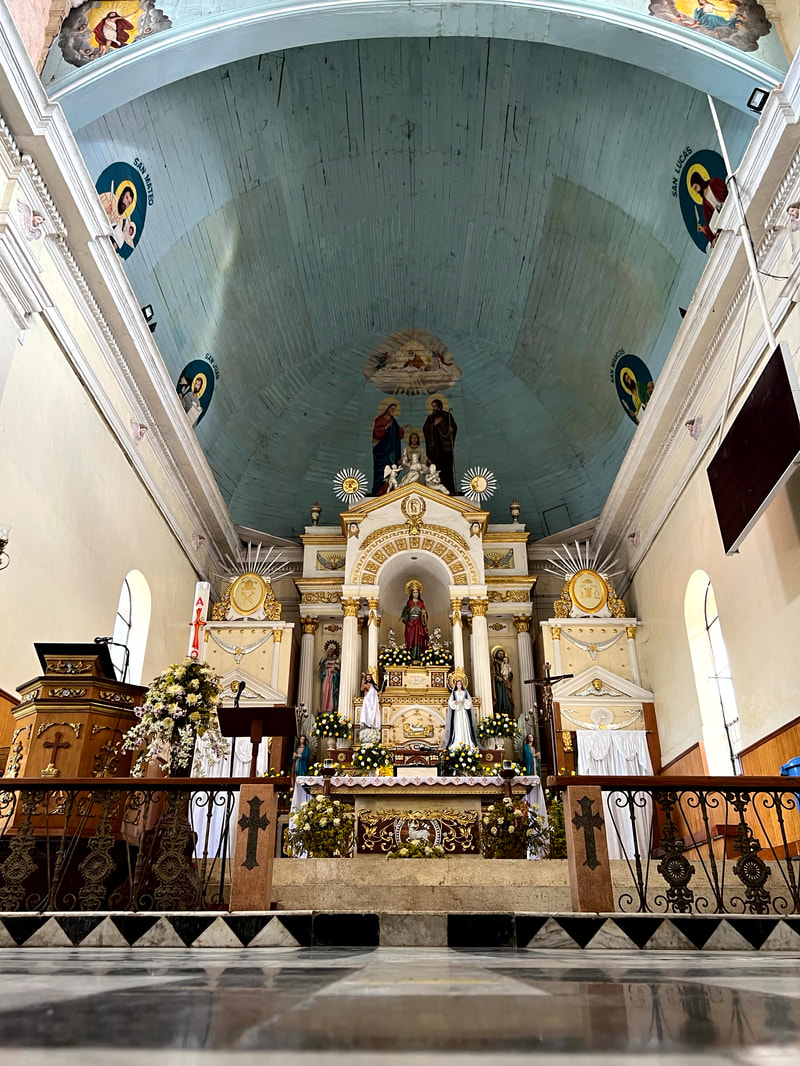
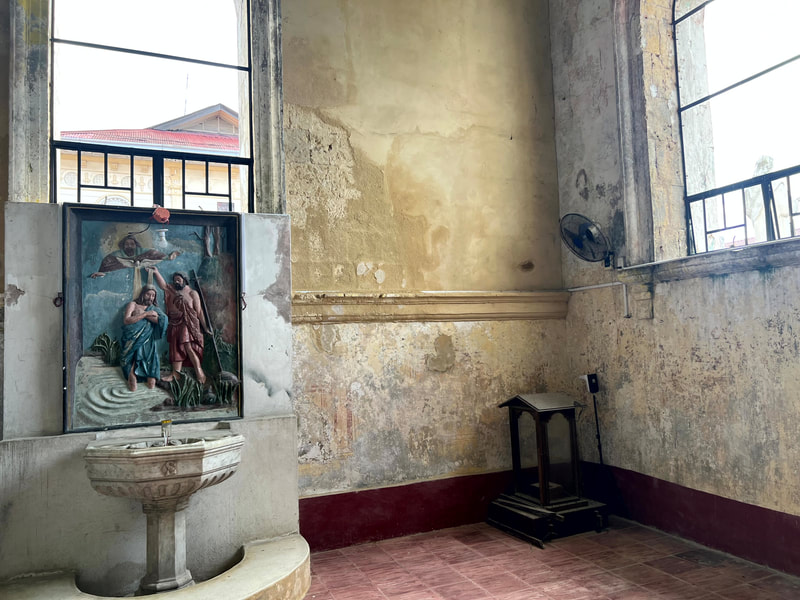
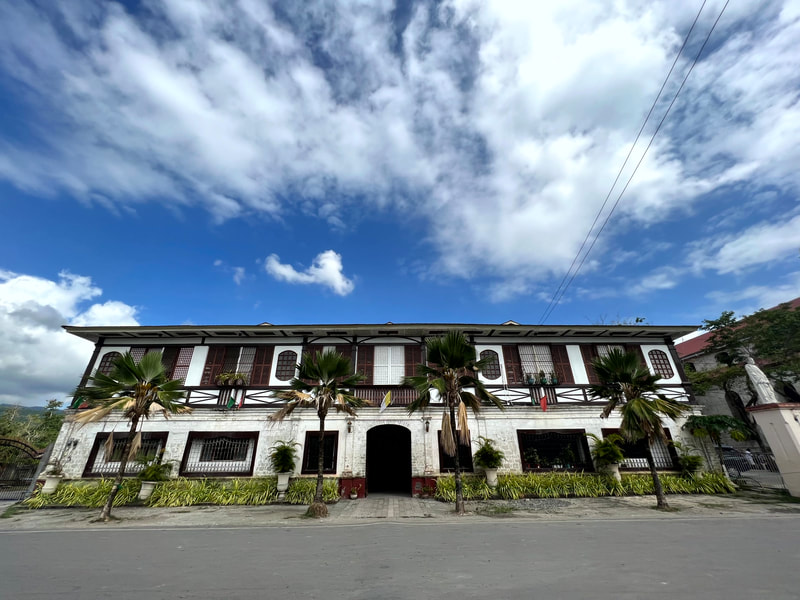
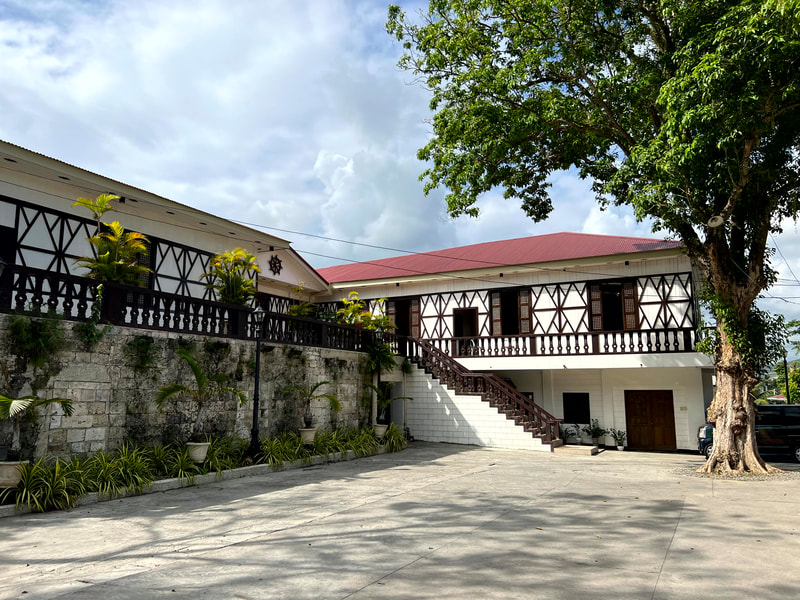
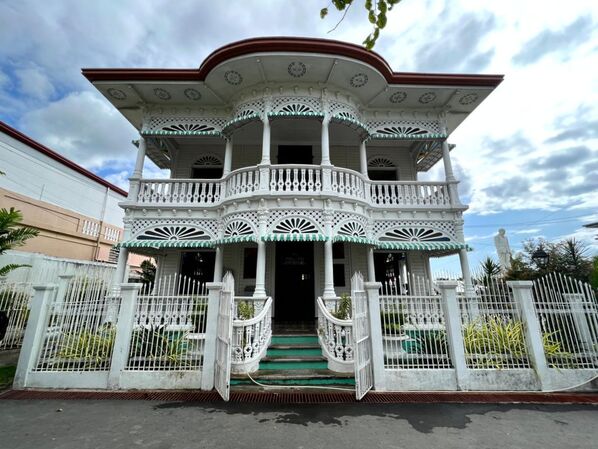
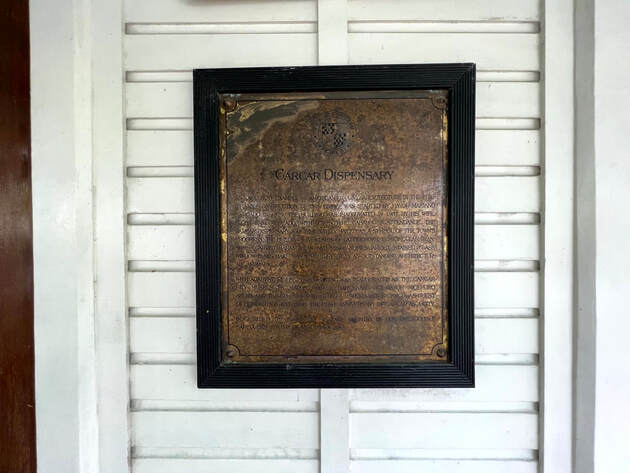
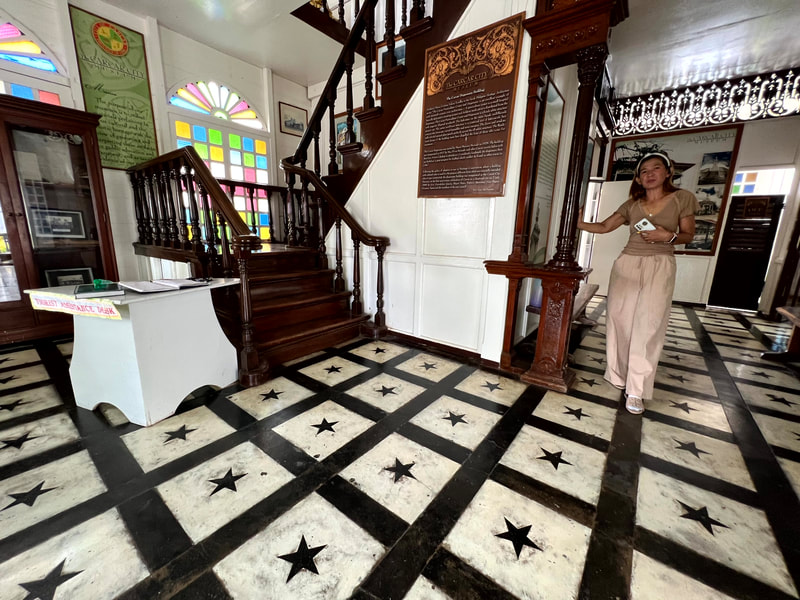


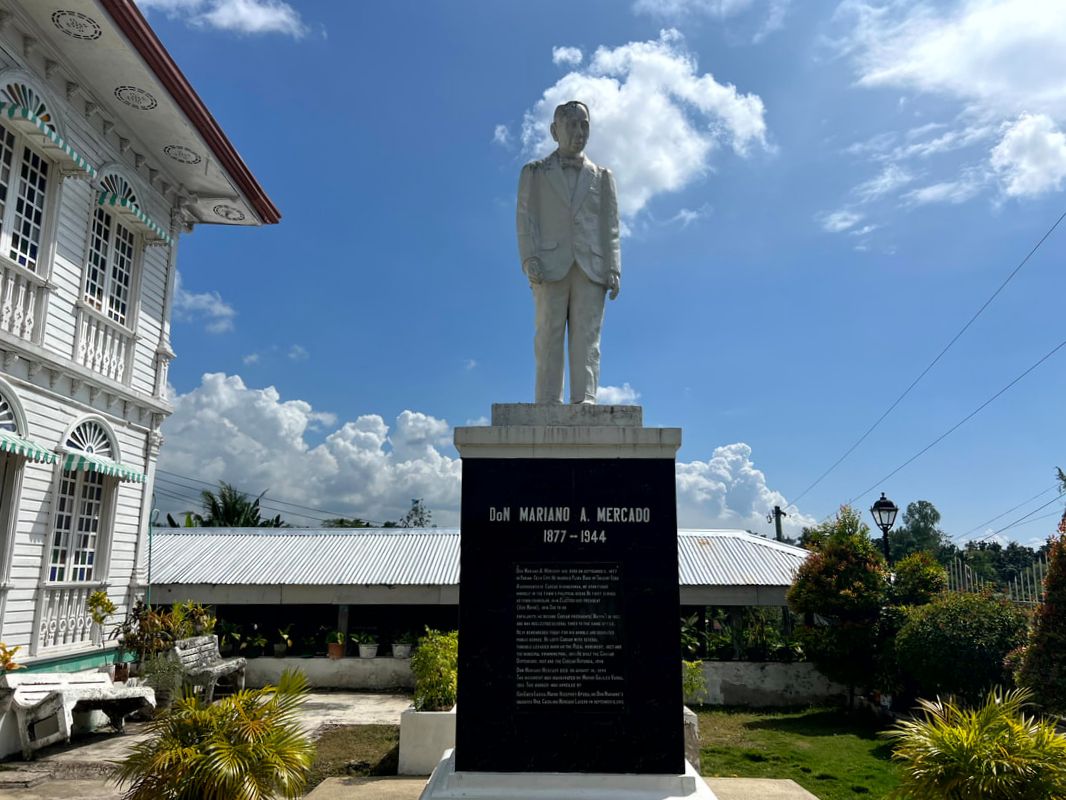
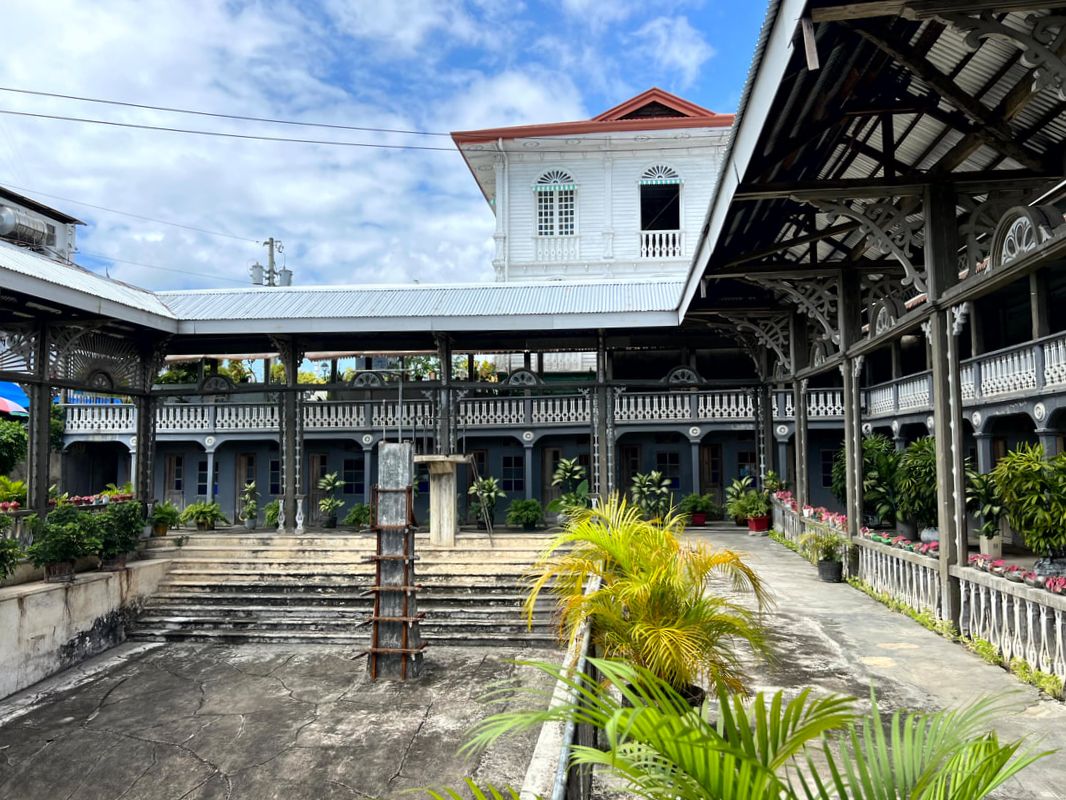
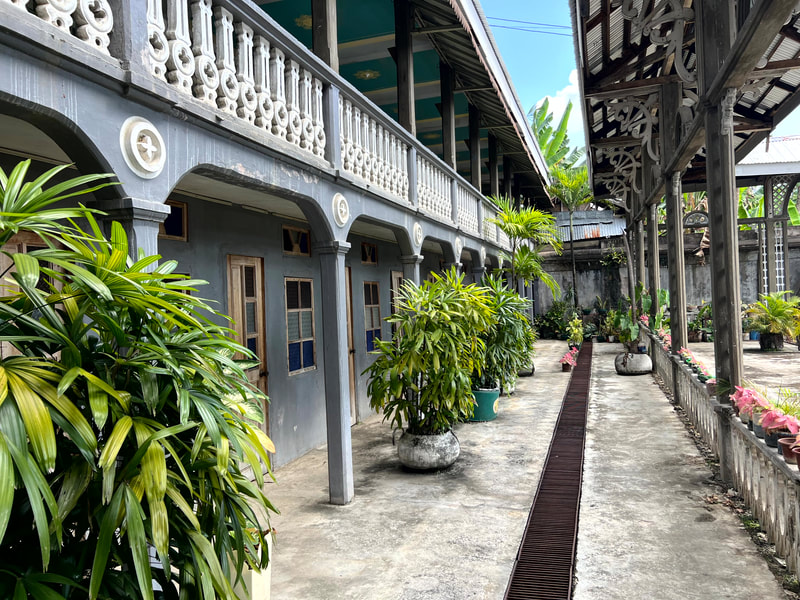
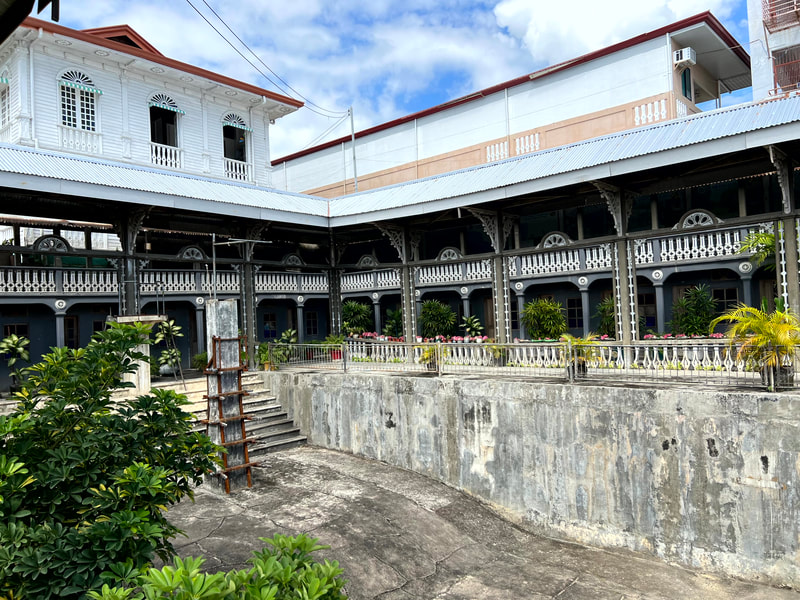
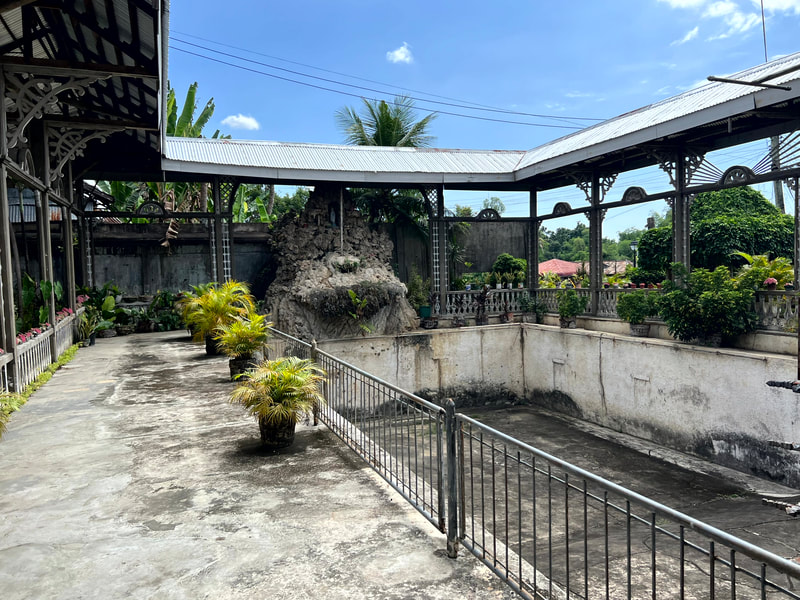

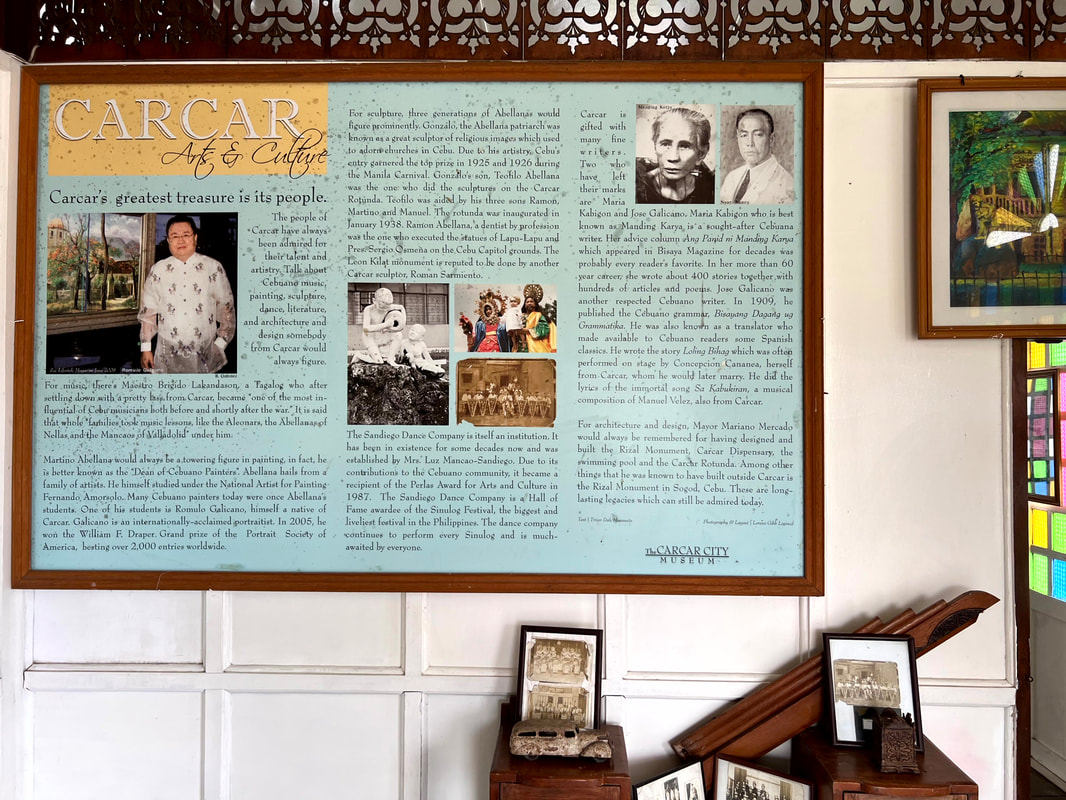
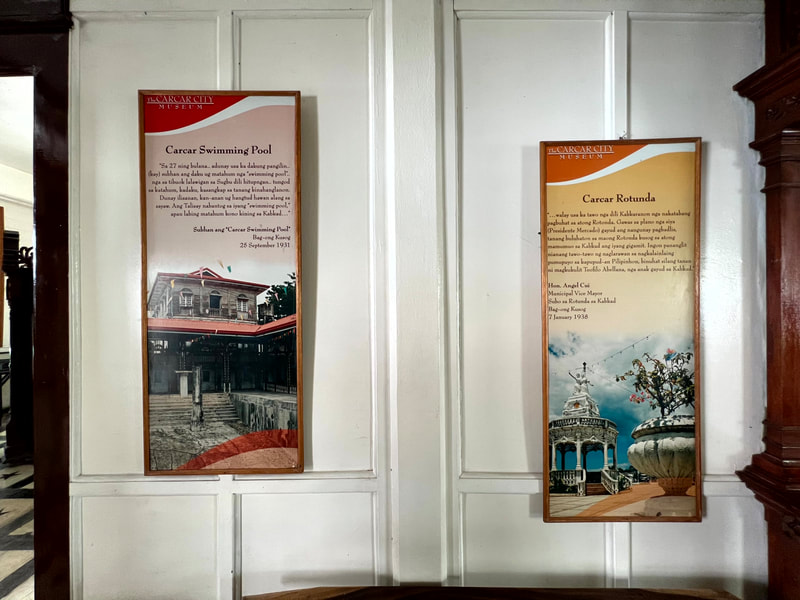
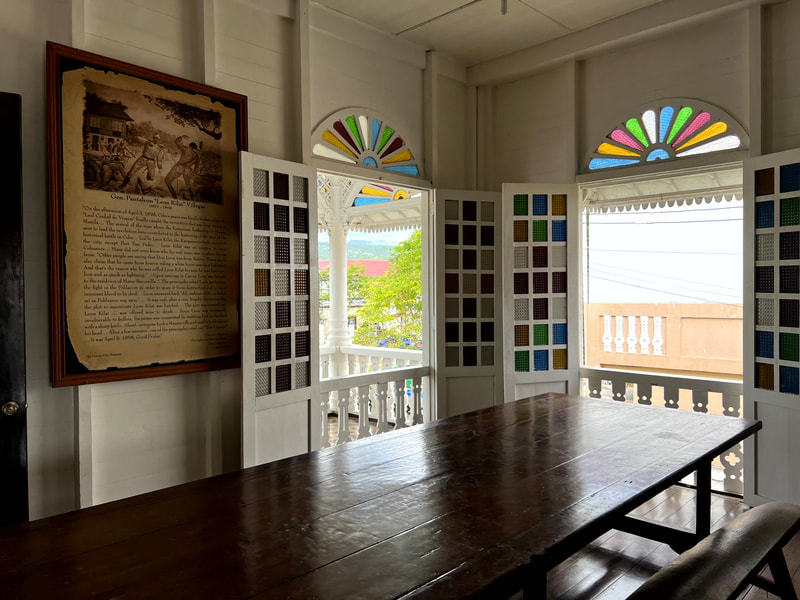
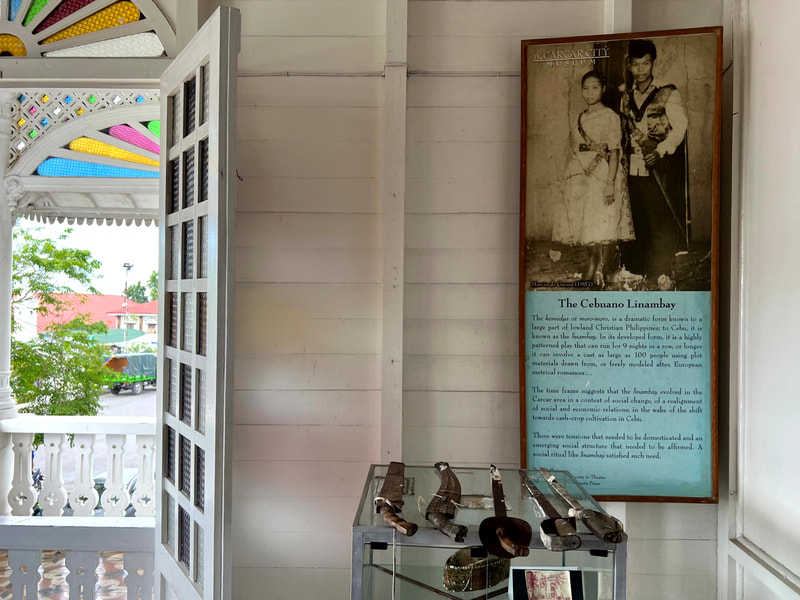
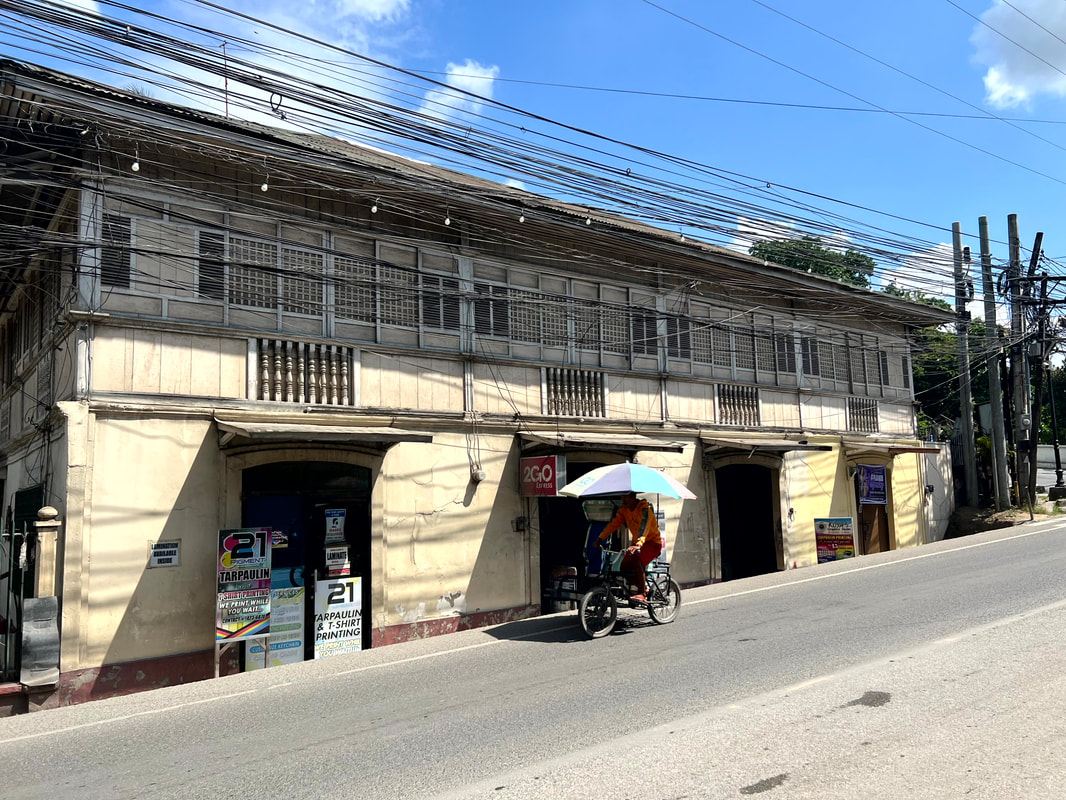
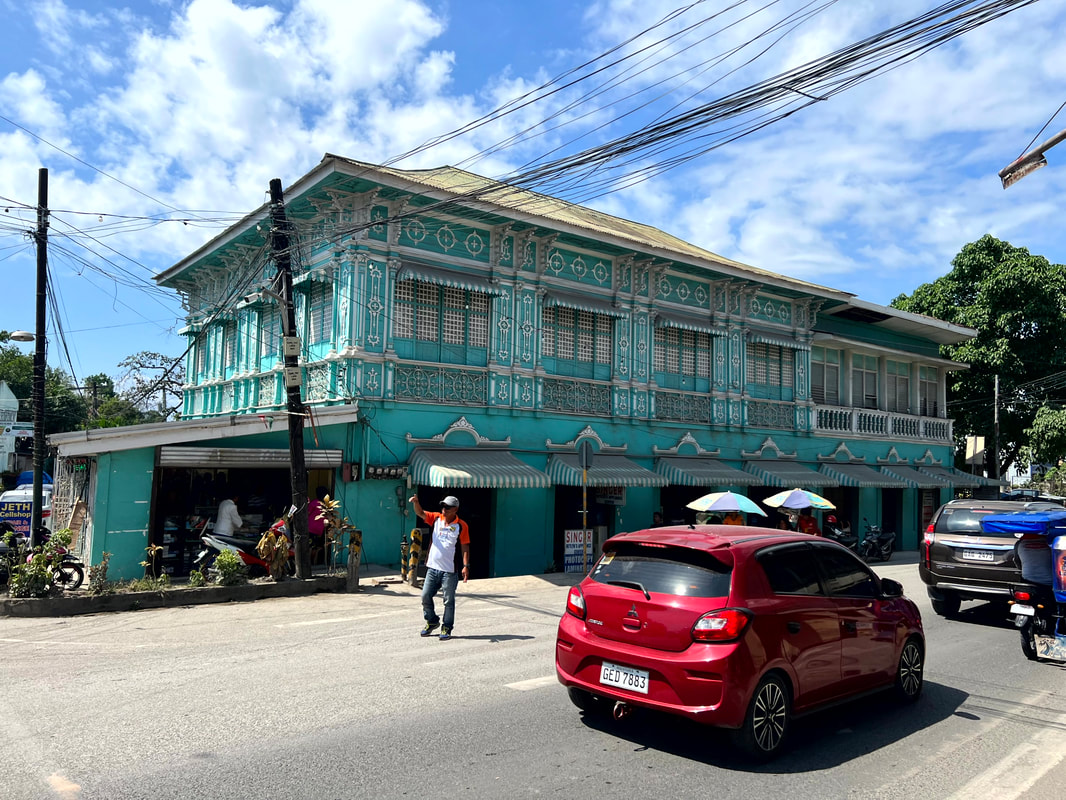

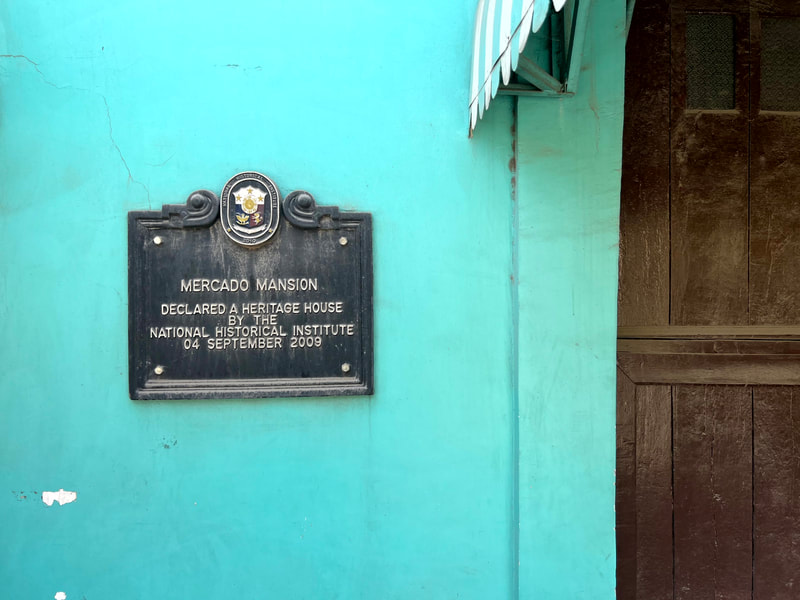
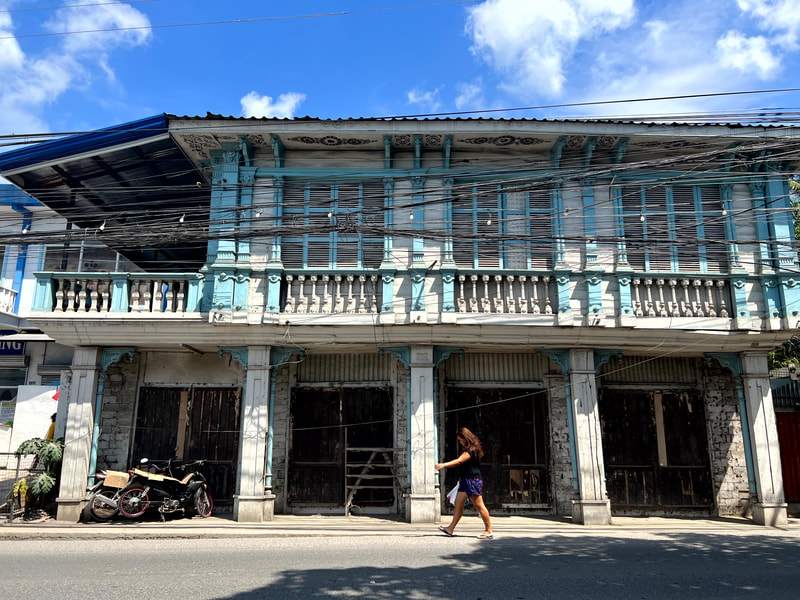
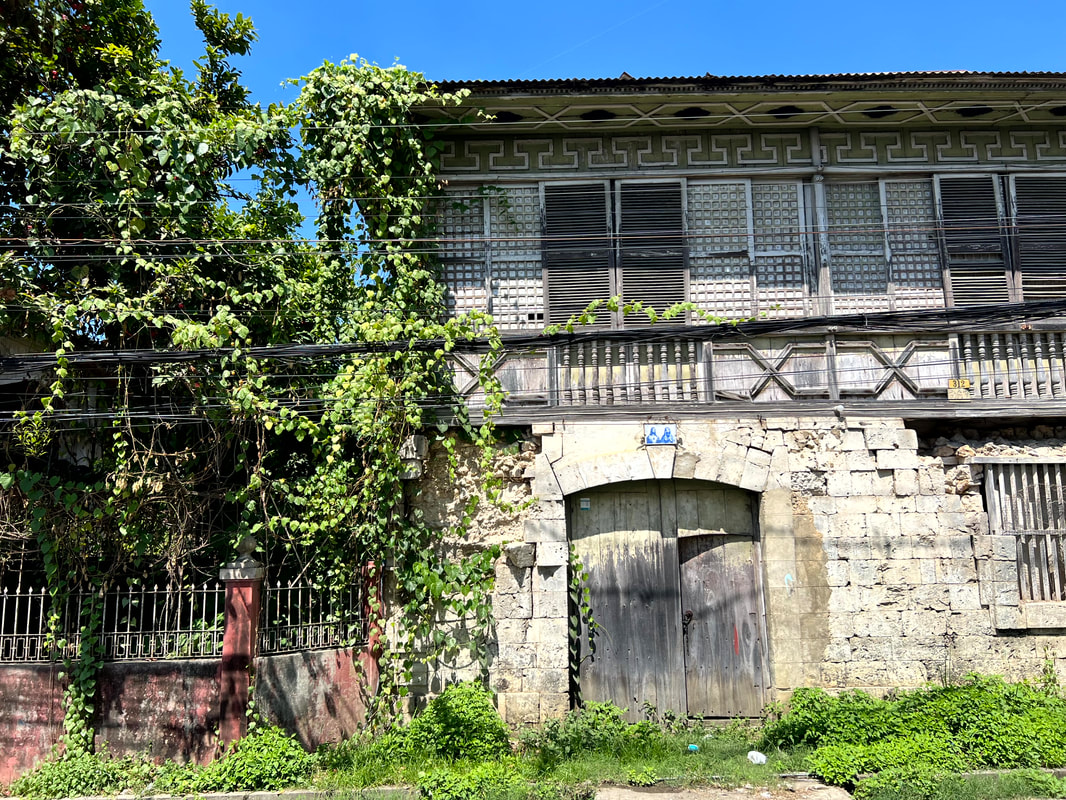
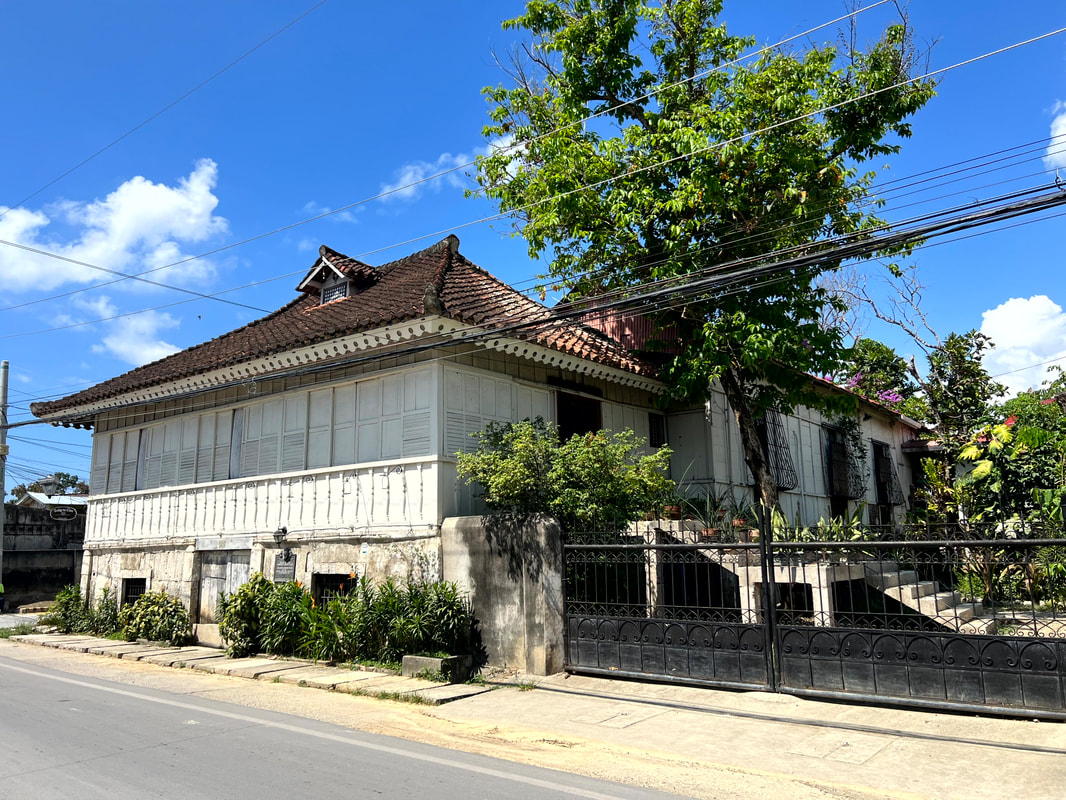
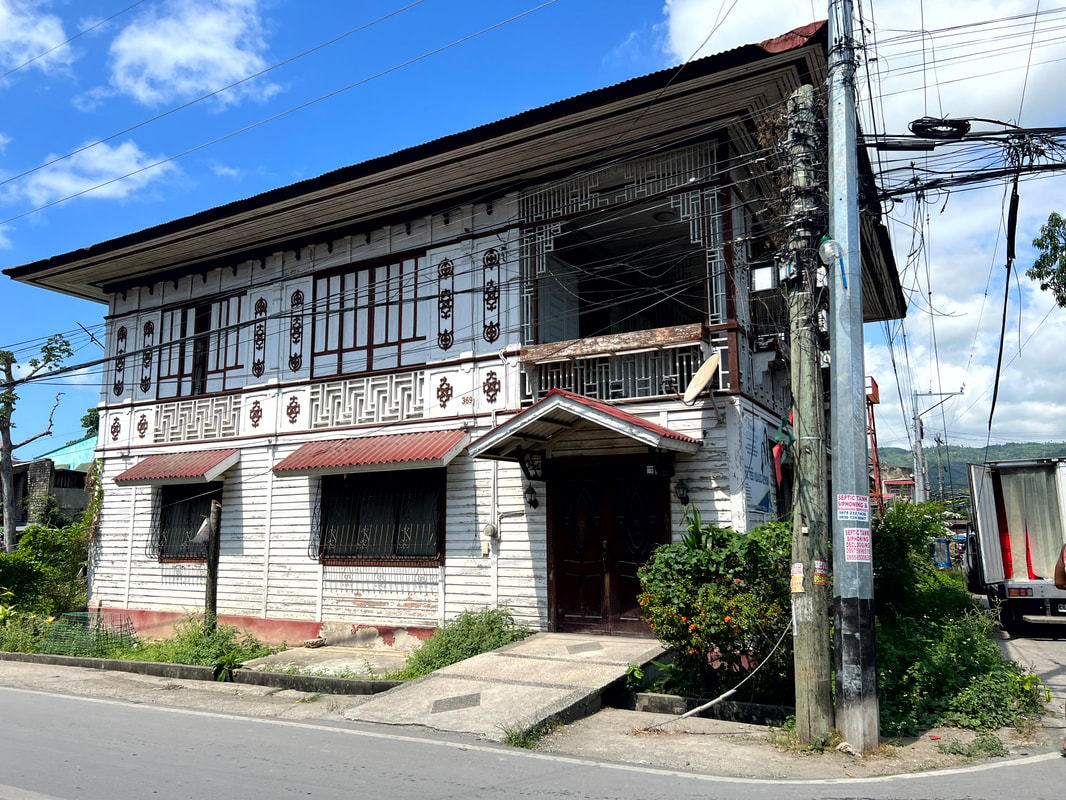

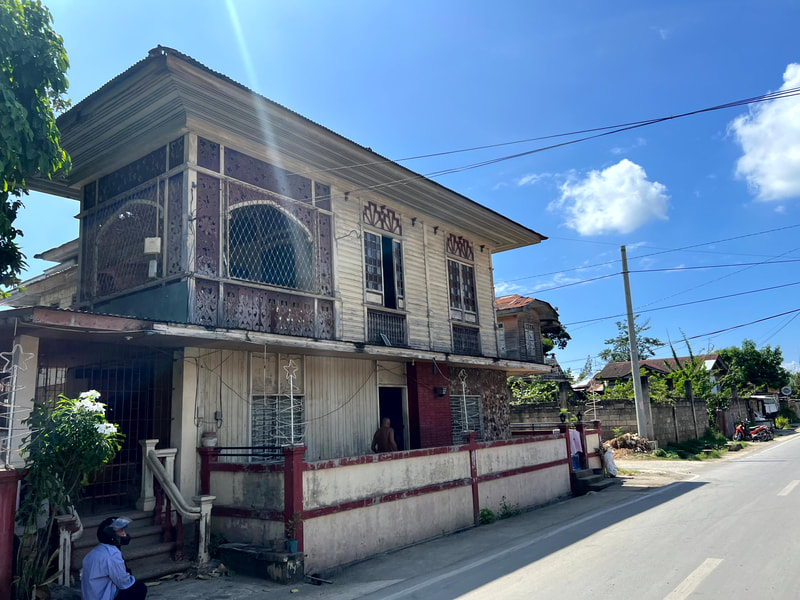
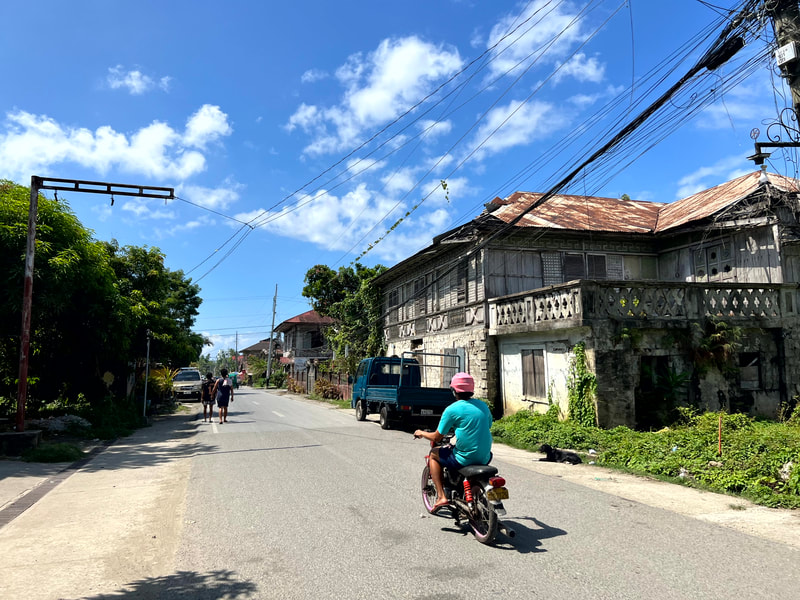


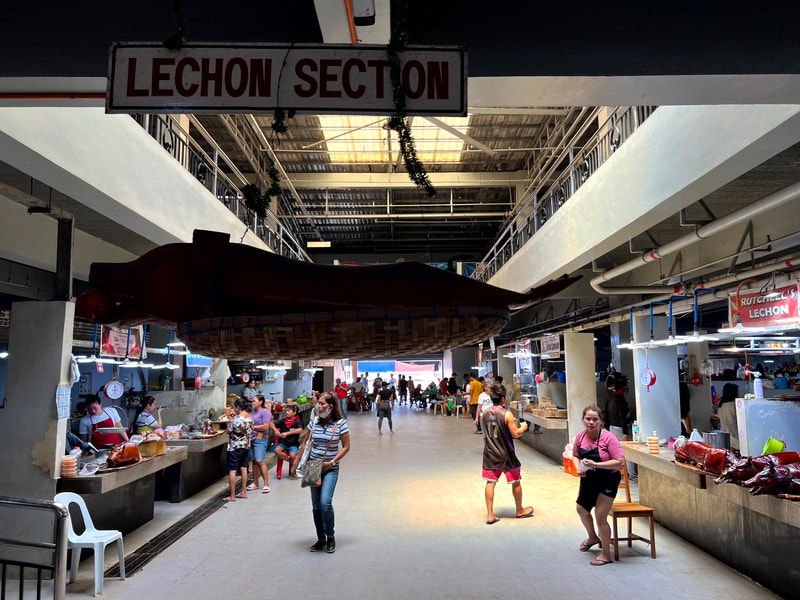
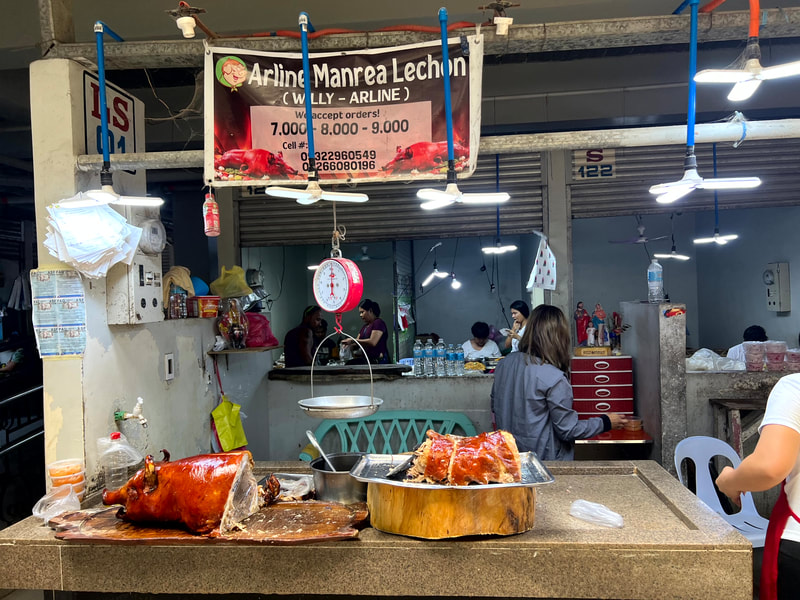
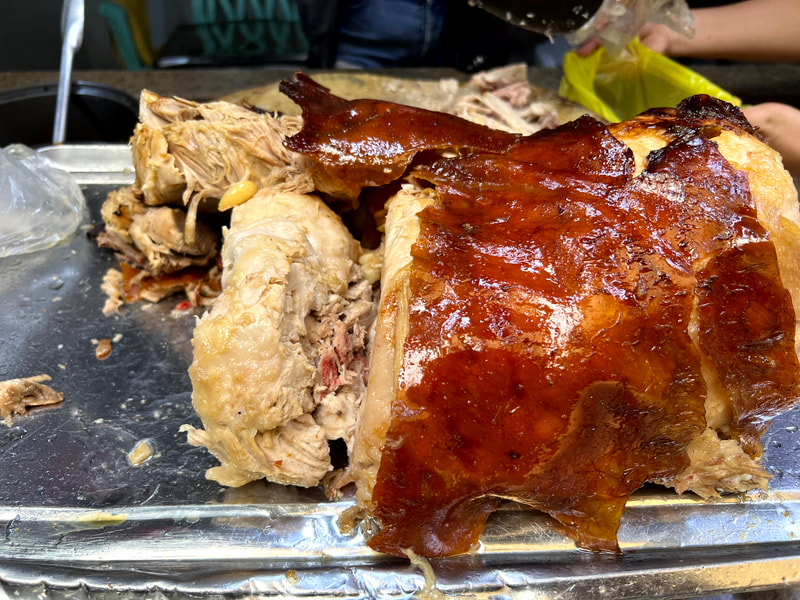
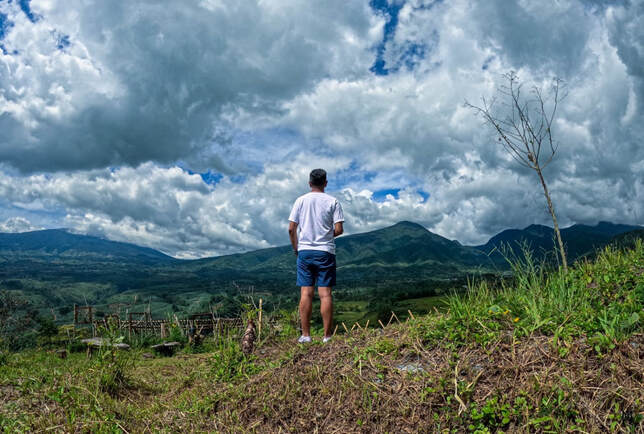




 RSS Feed
RSS Feed